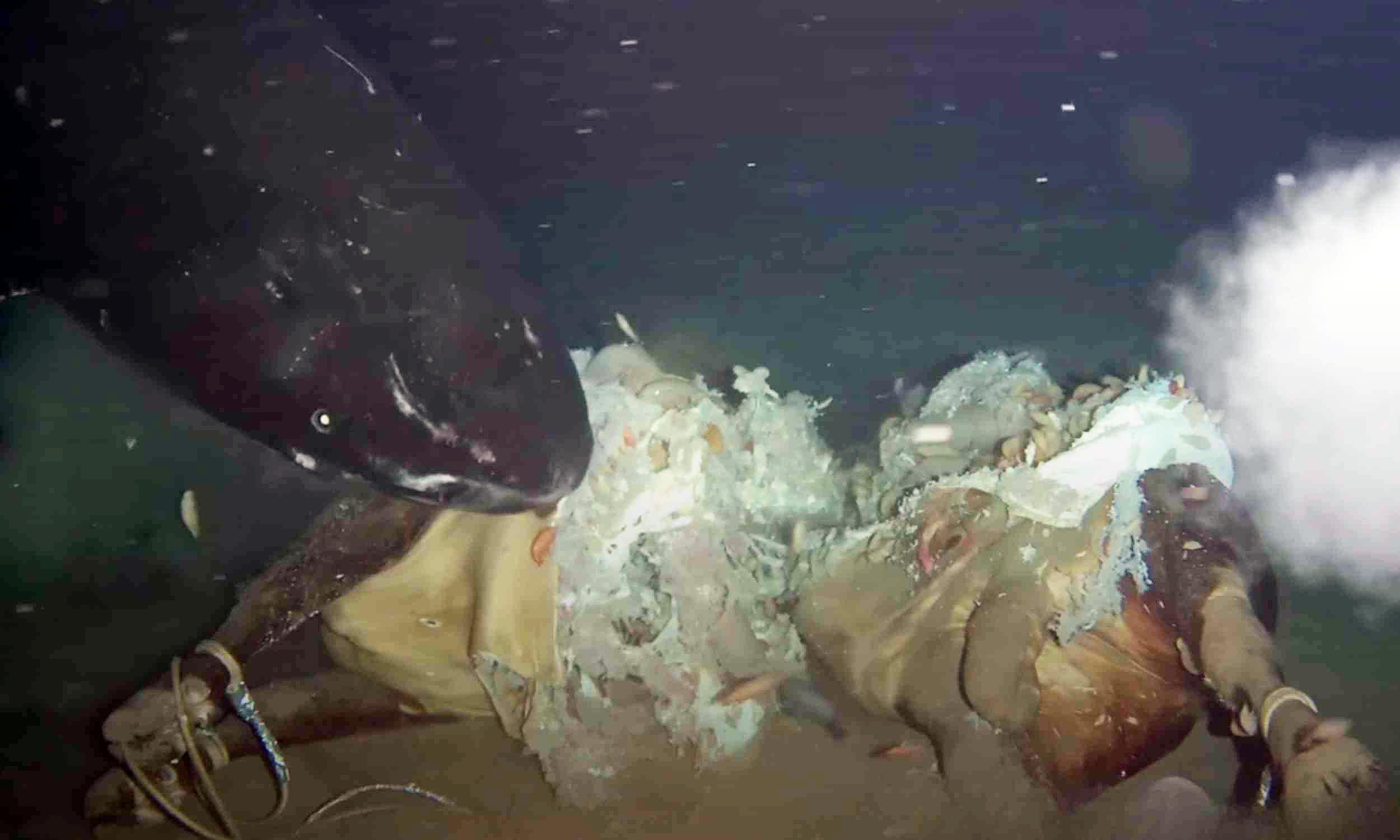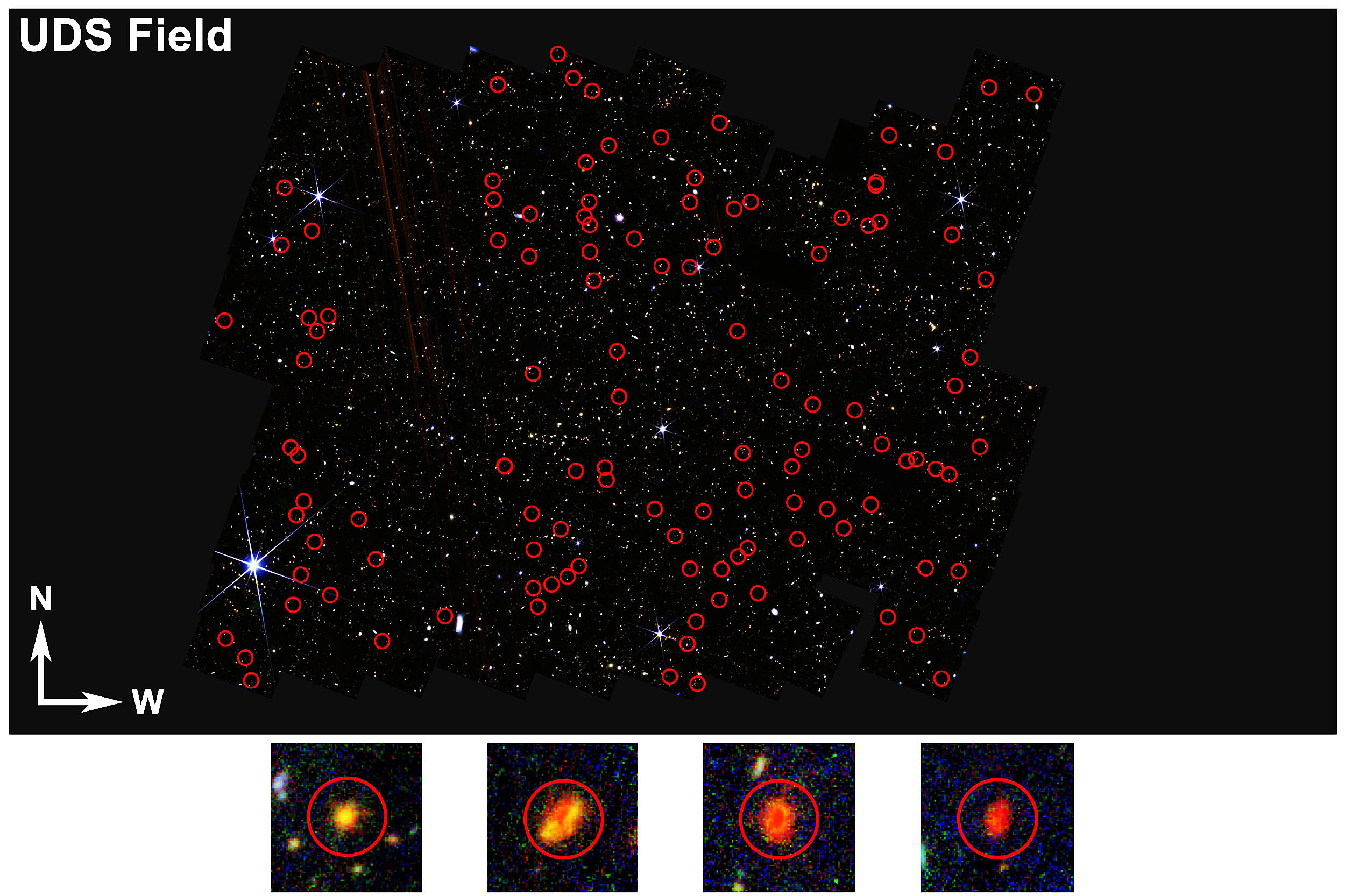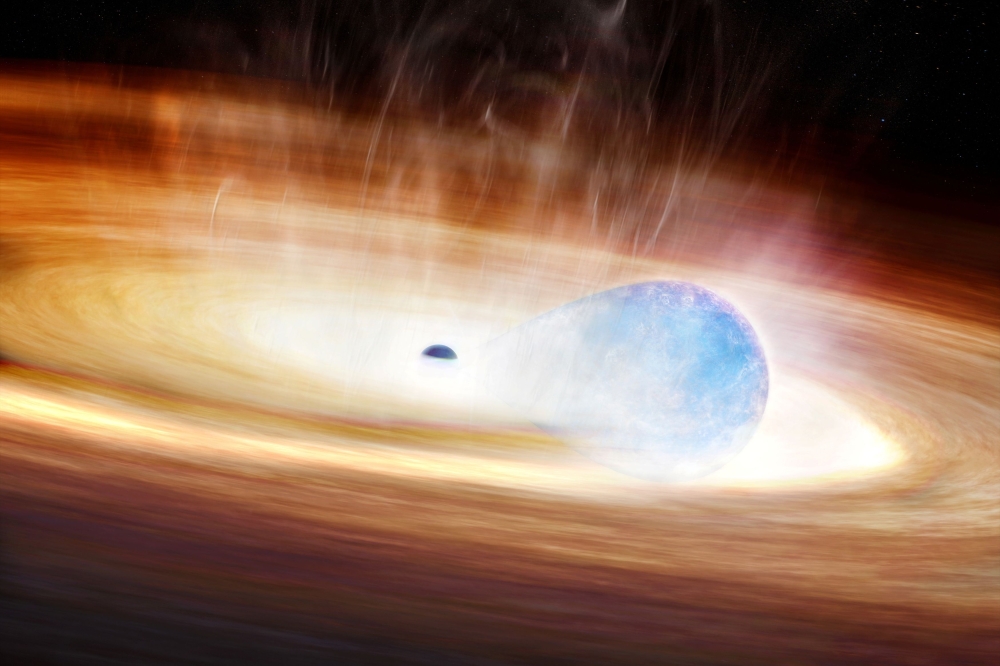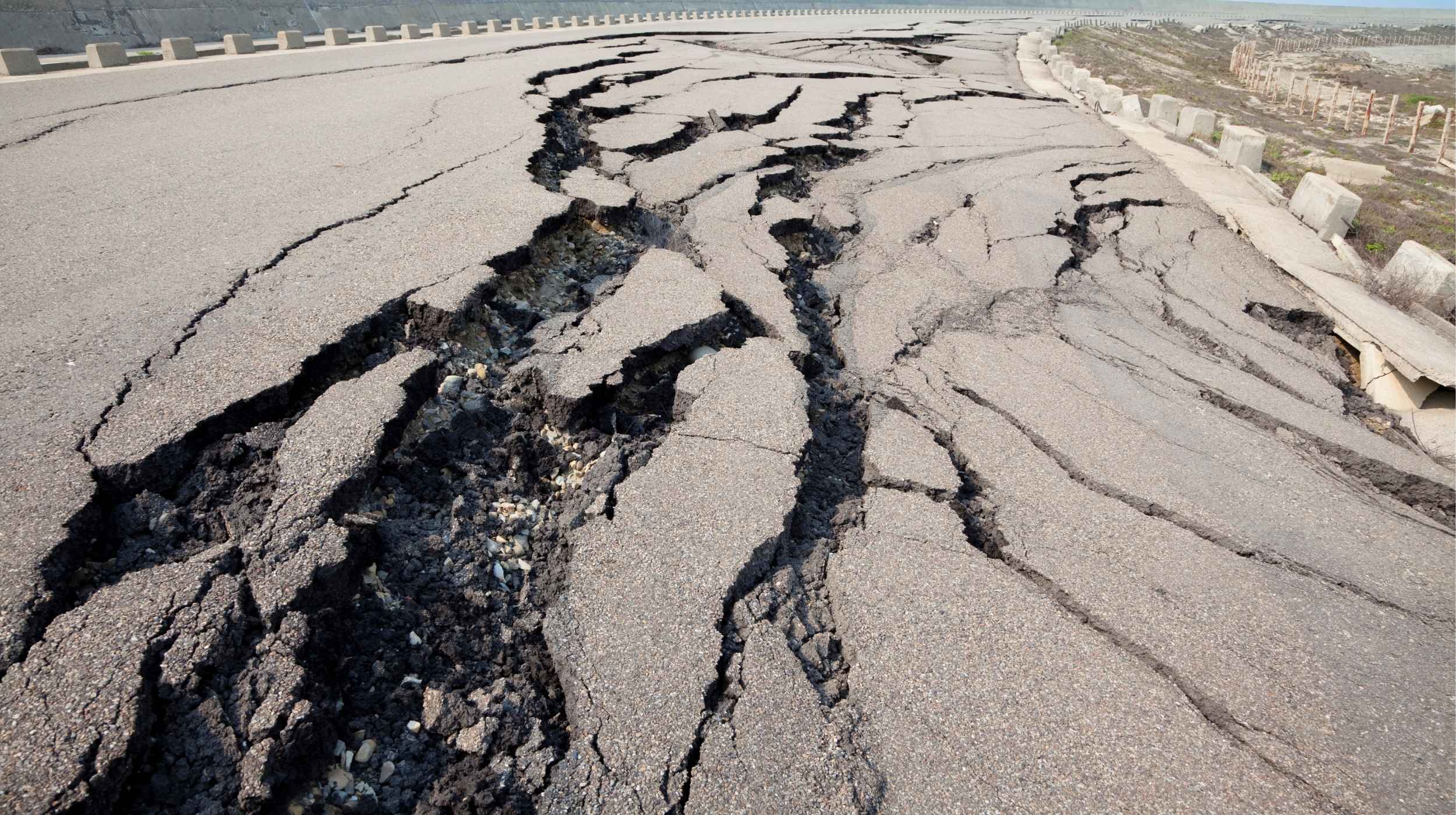Unbelievable: An Underwater Volcano Near Oregon Is About to Erupt!
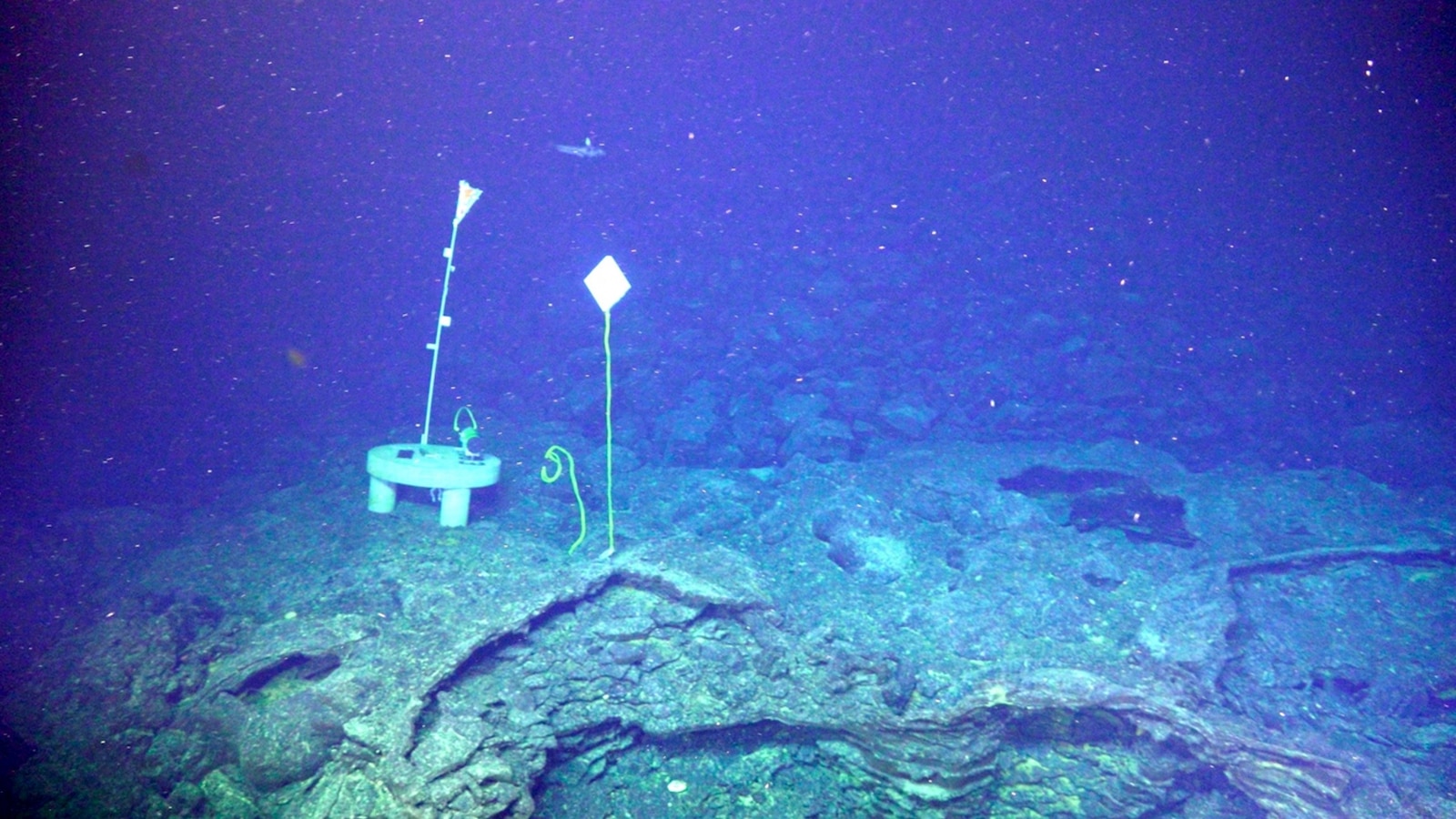
Imagine a volcano lurking beneath the waves, ready to unleash its fury! That’s exactly what experts are warning about as an underwater volcano off the coast of Oregon shows signs of impending eruption.
The Axial Seamount, located about 300 miles from Oregon and nearly 5,000 feet underwater, has been acting like a pressure cooker, inflating “like a balloon” as molten rock builds up within, according to William Chadwick, a research associate at Oregon State University. This alarming behavior was reported back in January, but the situation has intensified since then.
Recent seismic activity around the volcano has skyrocketed, with over 2,000 earthquakes recorded in just one day this past June. It’s as if the earth is sending us a warning that something big is about to happen. Researchers noted that the earthquake frequency has been “wavering up and down,” and they continue to track these shifts closely.
Located along the Juan de Fuca Ridge, the Axial Seamount is notorious for its volcanic activity—having erupted three times in the last 30 years, notably in 1998, 2011, and 2015. With the volcano on course to erupt before the end of this year, experts are closely monitoring the situation.
Thanks to cutting-edge technology, scientists are able to keep tabs on the volcano through seismometers and fiber optic cables reaching from the coast right to the ocean floor. These instruments not only provide real-time data about seismic happenings but also help us understand how deep sea volcanoes operate and their effects on marine life.
Rika Anderson, an associate professor from Carleton College, highlighted the unique role microbes play in this ecosystem. “Some of those microbes live in boiling hot water, some breathe iron or sulfur... they may hold clues to the earliest steps in the evolution of life on earth,” she explained. This fascinating intersection of geology and biology could unlock secrets about our planet.
In contrast to many on-land volcanoes that pose immediate threats to human life, the Axial Seamount typically erupts in a controlled manner, far enough away from populated areas to ensure safety. However, understanding its eruptions could be crucial for predicting volcanic activity on land that could endanger lives.
With volcanoes being notoriously difficult to predict—many remaining poorly studied over long periods—this situation at Axial presents a unique opportunity to learn more. As researchers prepare for a potential eruption, the world watches closely, waiting to see what secrets this underwater giant may reveal.















